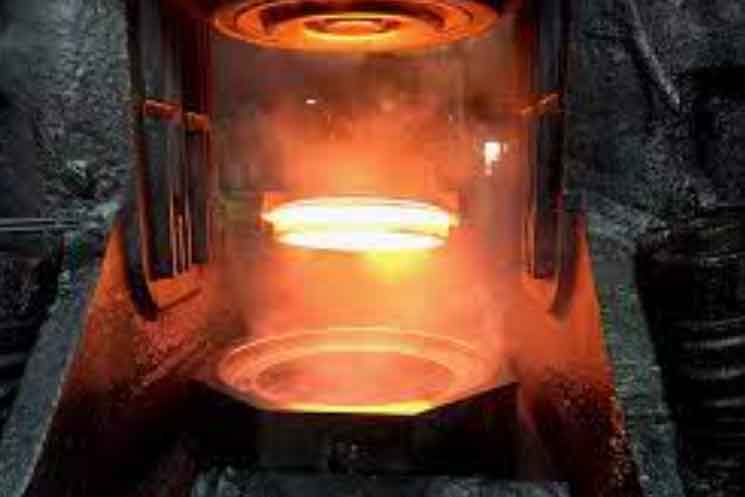
Gear forgings play a critical role in meeting the demands of challenging gear applications. Gear systems are utilized in various industries, including automotive, aerospace, power generation, and heavy machinery, where they often operate under high loads, extreme temperatures, and harsh environmental conditions. To ensure optimal performance and reliability, gear components need to possess exceptional strength, durability, and dimensional accuracy. Gear forgings offer significant advantages over other manufacturing methods, making them the preferred choice for such applications.
Forging is a metalworking process that involves the shaping of metal through the application of localized compressive forces. When it comes to gear manufacturing, forging provides several key benefits:
- Superior Strength: Forged gears exhibit exceptional strength due to the inherent grain structure and absence of internal voids or porosity. The controlled deformation during forging results in a refined grain structure, enhancing the mechanical properties of the material. This leads to improved fatigue resistance, higher load-carrying capacity, and better overall performance of the gear.
- Enhanced Durability: Gears manufactured through forging are known for their superior durability and resistance to wear. The forging process aligns the metal’s grain flow along the contour of the gear, which promotes uniform distribution of stress during operation. This reduces the likelihood of stress concentrations, surface cracks, or premature failures, resulting in increased gear life.
- Dimensional Accuracy: Gear forgings can achieve high dimensional accuracy, which is crucial for gear meshing and transmission efficiency. The precision of the forging process allows for tight tolerances, ensuring proper gear engagement and minimizing noise, vibration, and backlash issues.
- Material Flexibility: Forging can be performed on a wide range of materials, including carbon steel, alloy steel, stainless steel, and even exotic alloys. This versatility enables gear manufacturers to select the most suitable material for specific applications, considering factors such as strength requirements, heat resistance, corrosion resistance, and weight optimization.
- Cost-Effectiveness: Despite the initial tooling and setup costs, forging can be a cost-effective manufacturing method for gear production in high-volume applications. The efficiency of the forging process, coupled with the material savings achieved through precise shaping, can result in overall cost savings compared to alternative methods such as machining or casting.
It is important to note that gear forgings may require additional processes like heat treatment, machining, and surface finishing to achieve the desired specifications. These secondary operations further refine the gear’s properties, improve surface quality, and ensure proper dimensional control.
In conclusion, gear forgings offer significant advantages for meeting the demands of challenging gear applications. The superior strength, enhanced durability, dimensional accuracy, material flexibility, and cost-effectiveness make gear forgings a preferred choice for industries that rely on high-performance gear systems. By utilizing the benefits of gear forgings, manufacturers can ensure reliable and efficient gear operation even in the most demanding environments.
